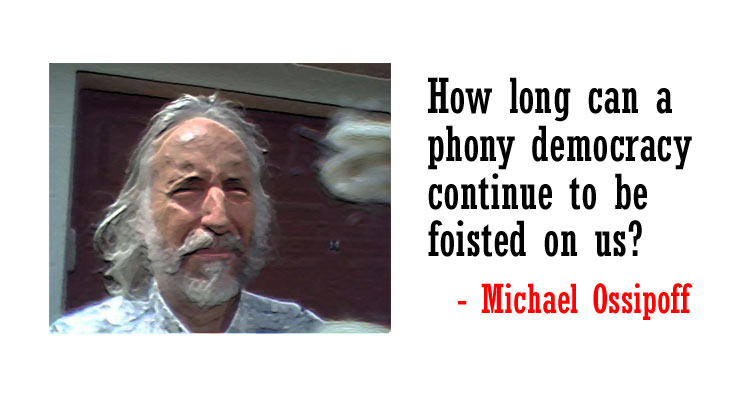
The article before this one defined seven different voting-systems and briefly mentioned their advantages. This article is a continuation of that previous one. Taken together, that article and this series of articles to follow constitutes my magnum opus on election methods. Its purpose is to more thoroughly compare those 7 voting-systems and also to add 5 more voting-systems to the comparison.
A little background: The voting-systems based on MDDA and MMPO are the results of discussion at the election-methods mailing-list, an international mailing list that discusses voting-systems. First, I want to note that MDDA, MMPO, IC, and MMPO were introduced by Kevin Venzke, at the election-methods mailing-list. MDDAsc, and the suggestion to use optional approval in MDDA and MDDAsc, for chicken-dilemma protection, were proposals introduced by mathematician Forest Simmons.
In the discussion about approval-default, I argued for the approval-default consisting of approval of all ranked candidates, and that there should be an option to individually deny approval to any 1 or more particular ranked candidates.
I offer MAPW and MAPW2 as ways to comply with Professor Steven Brams’ suggestion to elect a majority-approved candidate if there is one, and my wish to meet FBC (no incentive to vote someone over your favorite) and have a convenient, easy and reliable way to avoid chicken-dilemma.

But I realize that MAPW and MAPW2, with their emphasis on approval, and less use of rankings, probably won’t satisfy a current need for rank-methods, to avoid the results of overcompromise and candidate-rivalry.
I’m pretty much the only advocate for MDDA (without the symmetric-completion abbreviated by “sc”), because others at the election-methods mailing-list feel that the public will reject it because of its Mono-Add-Plump failure (described below). I feel that MDDA’s strategically-valuable full truncation-proofness is much more important than the purely cosmetic “embarrassment-criterion” Mono-Add-Plump.
Additionally, in my recent polling (admittedly with only 5 participants so far—because not many are inclined to participate in a poll that requires 7 method-definitions and comparisons), MDDA unanimously beats MDDAsc. So the concern that people will reject MDDA due to Mono-Add-Plump might be undue. The 5 rank-balloting methods added here aren’t in the poll.
Here’s the order in which those things will be done here. Links to each of these following articles will be added to this page as they are published:
1. Merits of Approval
2. Comparison of Approval and Score (brief)
3. Definitions of 5 additional ranking voting-systems
4. Thorough Comparison of all 12 voting-systems
Neal McBurnett says
The link you give for your article that “defined seven different voting-systems” is wrong. It seems that it should be https://democracychronicles.org/voting-systems-poll/
Michael Ossipoff says
Hi Neal–
Sorry I mis-stated the link.
Thanks for correcting it.
Michael Ossipoff
Foobar says
Rather bold of you to claim that these are “The 12 Best Voting Systems” given that 2/3rds of them are obscure theoretical ideas only known to election system aficionados, and half of those are just minor variations on the other half. You should have merged the variants and included a few more non-toy voting methods (ones in actual use, e.g. Borda, Schulze/Schwartz) in the comparison.